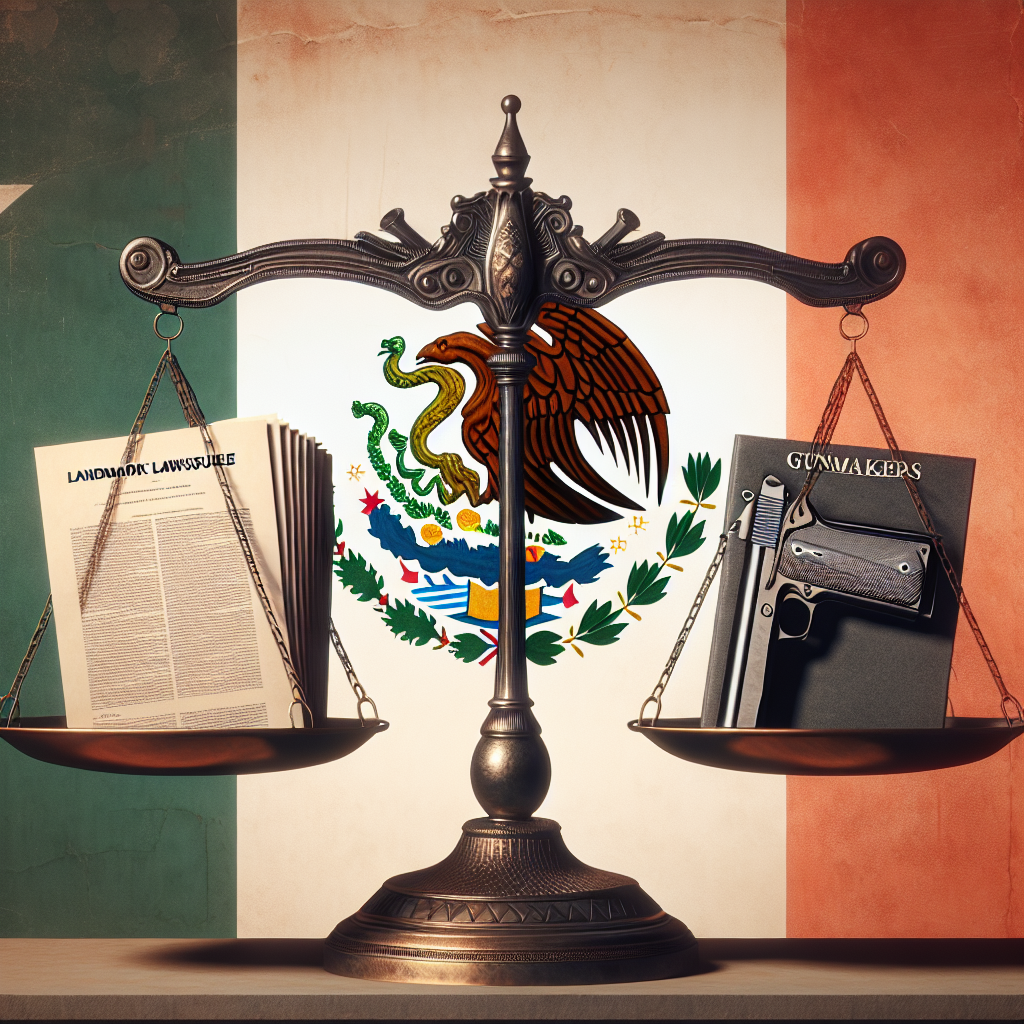Changing your name is a significant personal decision that can reflect a new chapter in your life. In Canada, the process of legally changing your name is governed by specific laws and regulations that vary by province and territory. This guide provides a comprehensive overview of the steps involved in changing your name legally in Canada, ensuring you are well-informed and prepared as you navigate this important journey.
Understanding the Legal Framework for Name Changes in Canada
In Canada, the legal framework for name changes is primarily established at the provincial and territorial level. Each jurisdiction has its own set of rules, procedures, and requirements that must be adhered to when applying for a name change. Therefore, it’s essential to consult the relevant government website or office in your province or territory to understand the specific regulations that apply to your situation.
Most jurisdictions allow individuals to change their name for various reasons, including marriage, divorce, personal preference, or gender transition. However, legal restrictions may apply, particularly concerning the use of certain names that could be deemed offensive or misleading. Familiarizing yourself with these guidelines will help you avoid potential pitfalls during the application process.
The legal name change is usually formalized through a government-issued certificate. This certificate serves as official documentation of your new name, which you can use to update your identification documents, bank accounts, and other important records. Understanding how the legal framework functions in your area is the first critical step in your name change journey.
Preparing Your Documents: Essential Requirements Explained
Before you can initiate the name change process, you must gather the necessary documentation. Typically, this includes proof of identity, such as a birth certificate, driver’s license, or passport, along with a completed application form provided by your province or territory’s government. Some jurisdictions may require additional documents, such as marriage certificates or divorce decrees, depending on your reason for changing your name.
It’s crucial to ensure that all your documents are accurate and up-to-date. Any discrepancies can lead to delays or even rejection of your application. You may also need to provide supporting documents that justify your name change, particularly if it is for reasons other than marriage or divorce. This could include affidavits or statements explaining the necessity or significance of your new name.
In some provinces, you may be required to submit a criminal record check as part of the application process. This step is designed to ensure that name changes are not being sought for fraudulent purposes. By preparing your documents meticulously, you can streamline the application process and mitigate the chances of complications down the line.
Navigating the Application Process: A Comprehensive Walkthrough
Once you have gathered your documents, the next step is to complete the application form. This form will typically ask for personal information, including your current name, the desired new name, and your reason for the change. After completing the form, you will need to submit it along with the necessary documentation to the appropriate governmental body in your province or territory.
After submitting your application, there is usually a processing period during which the authorities will review your request. This period can vary widely depending on the jurisdiction, ranging from a few weeks to several months. During this time, the government may conduct background checks or request additional information from you.
Once your application has been approved, you will receive an official name change certificate. This document is critical, as it will serve as proof of your new name. Remember to make copies of this certificate, as you will need to present it to various institutions, such as banks, schools, and government agencies, to update your records.
Final Steps: What to Expect After Submitting Your Request
After receiving your name change certificate, it is important to take the next steps to update your identification and other official documents. Start by changing your name on your driver’s license, health card, and passport. Each institution will have its own process for updating your name, so it is advisable to contact them directly to understand their requirements.
In addition to updating identification documents, you should also inform relevant organizations about your name change. This includes your employer, financial institutions, utility providers, and any other entities where your name is registered. Keeping a checklist of all the places where you need to update your name will help you stay organized during this transition.
Lastly, it may take time for your new name to be recognized across all platforms and records. Be patient during this adjustment period, and don’t hesitate to reach out to organizations if you encounter delays or issues. With diligence and organization, you will successfully navigate the final steps of your name change journey.
Changing your name legally in Canada can be a straightforward process if you are well-prepared and informed about the requirements and procedures. By understanding the legal framework, meticulously gathering your documents, and following the application process carefully, you can ensure a smooth transition to your new identity. Whether your name change reflects personal growth, a new chapter, or a significant life event, this guide aims to support you every step of the way.
Navigating the Appeal Process: A Guide for Canadian CourtsUnderstanding Impaired Driving Penalties Across CanadaUnderstanding Your Rights When Arrested in CanadaRelevant LinkRelevant LinkRelevant LinkNavigating the Appeal Process: A Guide for Canadian CourtsUnderstanding Impaired Driving Penalties Across CanadaUnderstanding Your Rights When Arrested in CanadaRelevant LinkRelevant LinkRelevant Link



